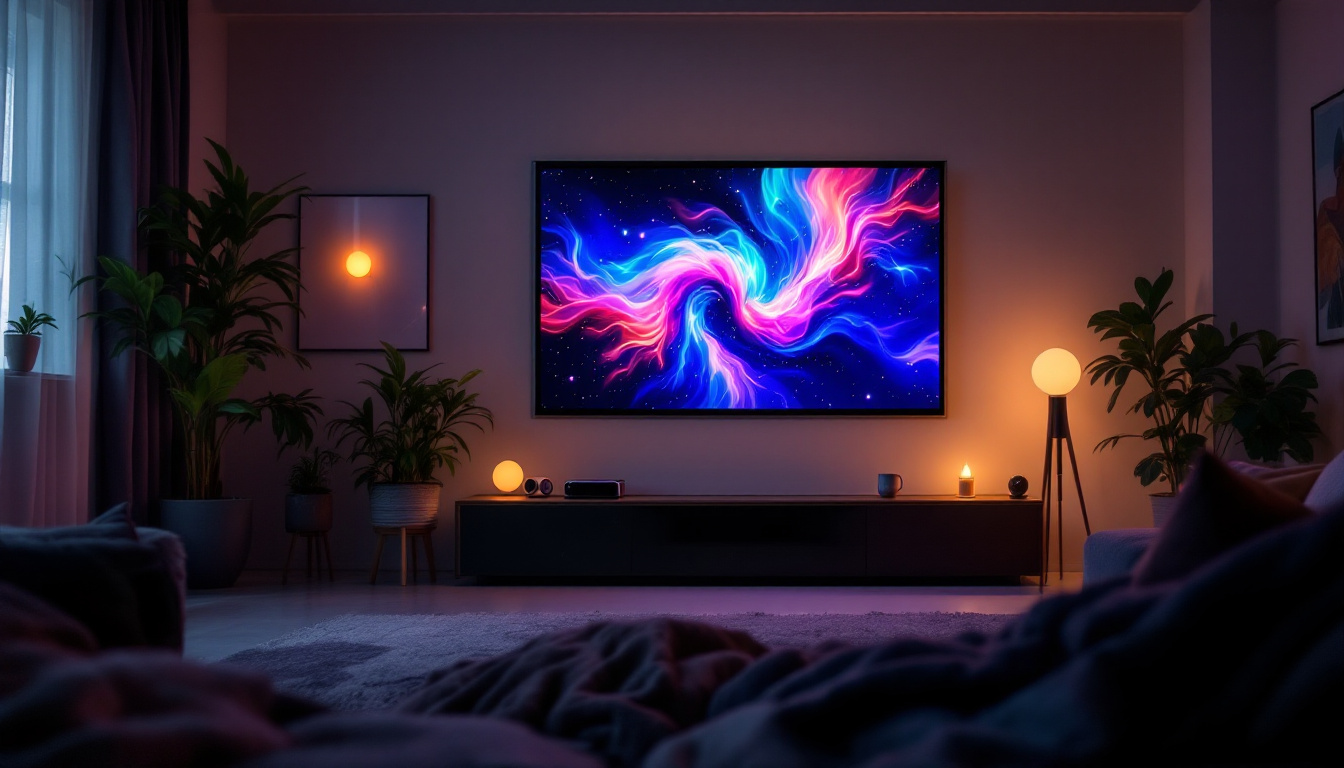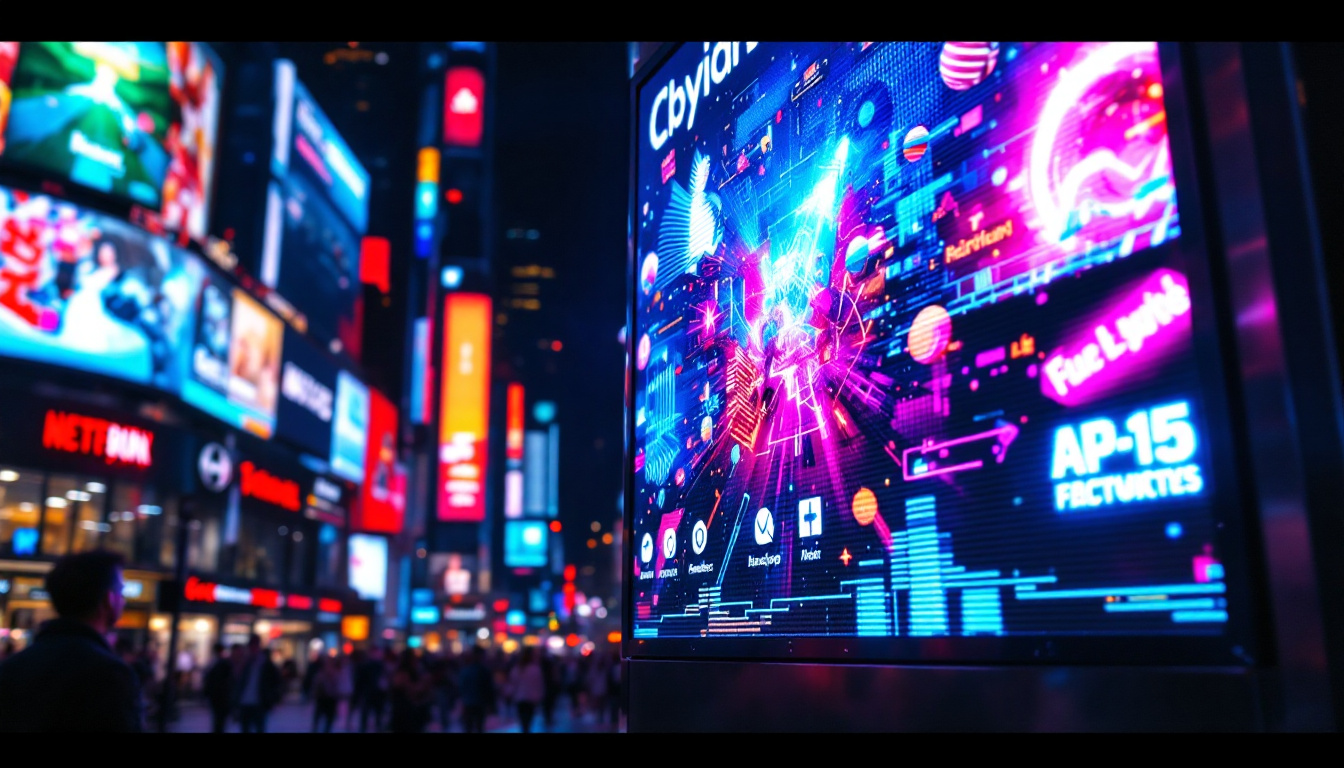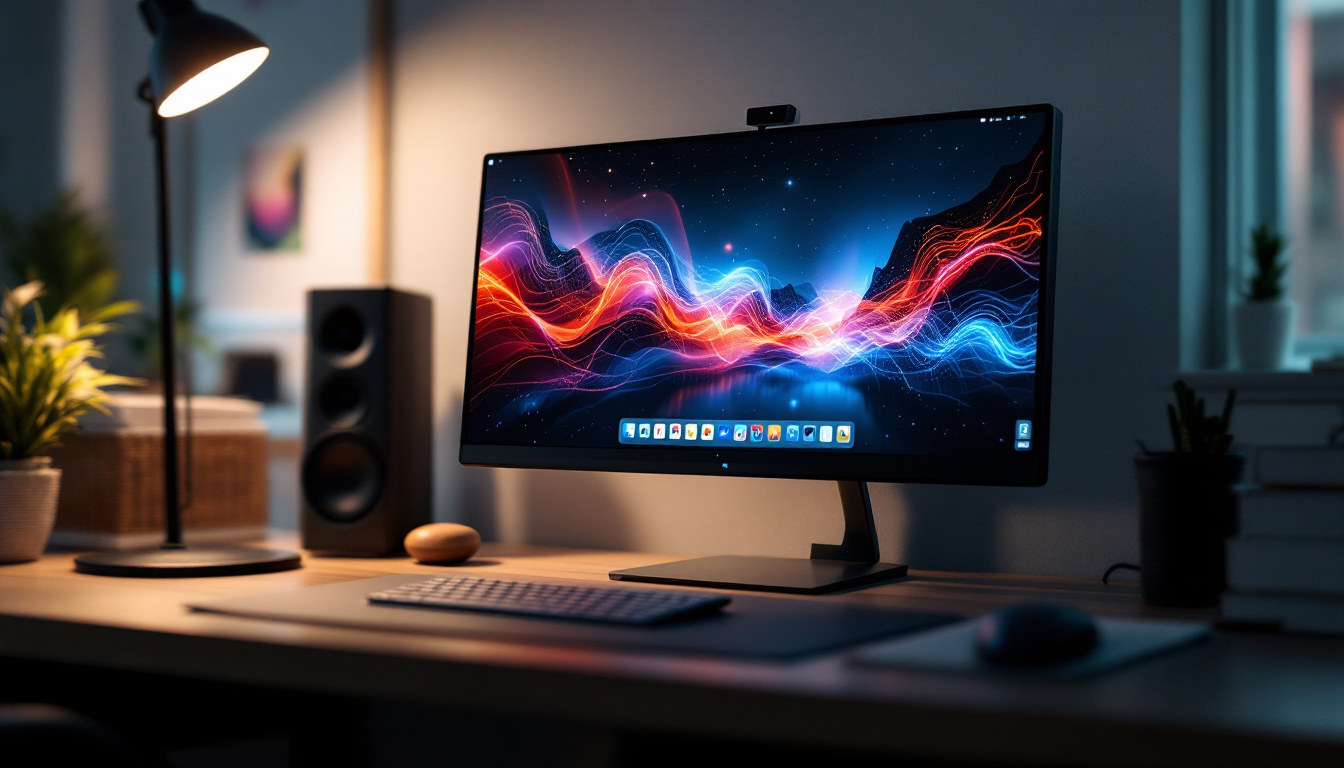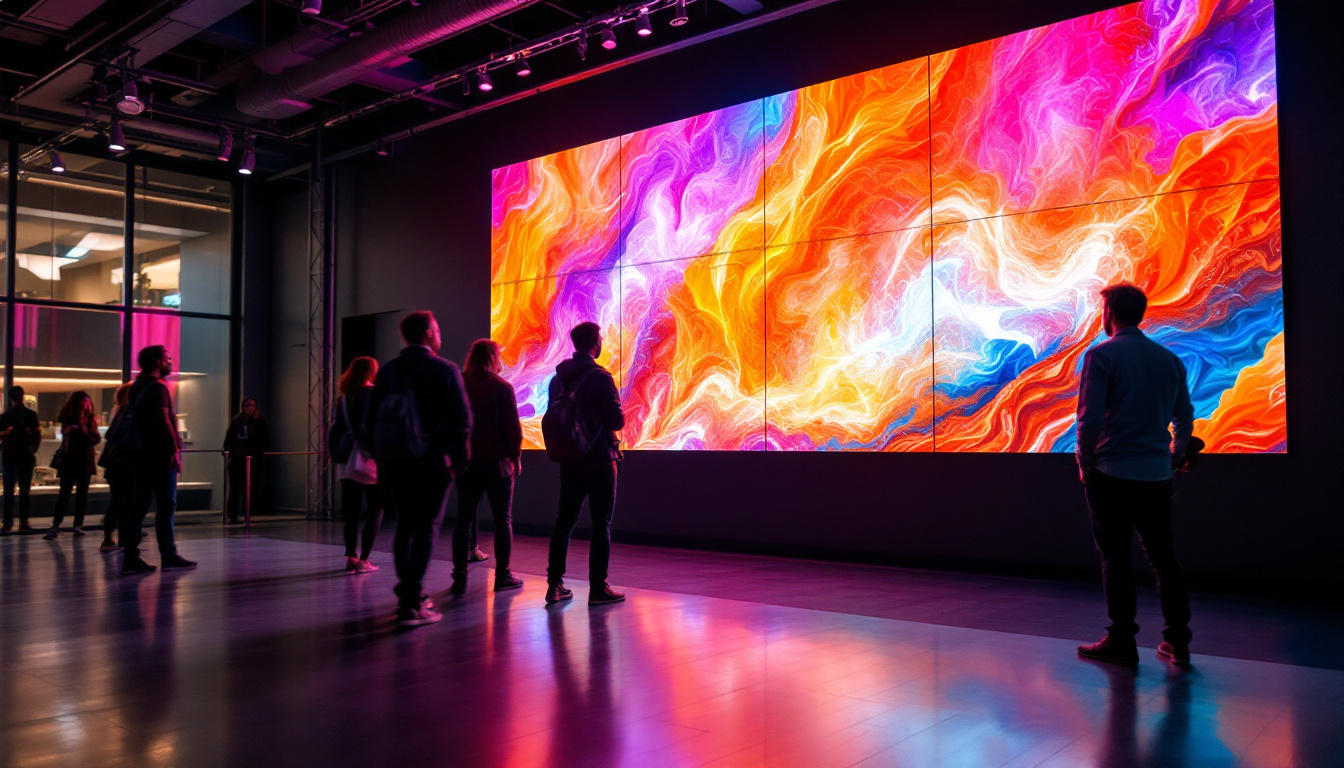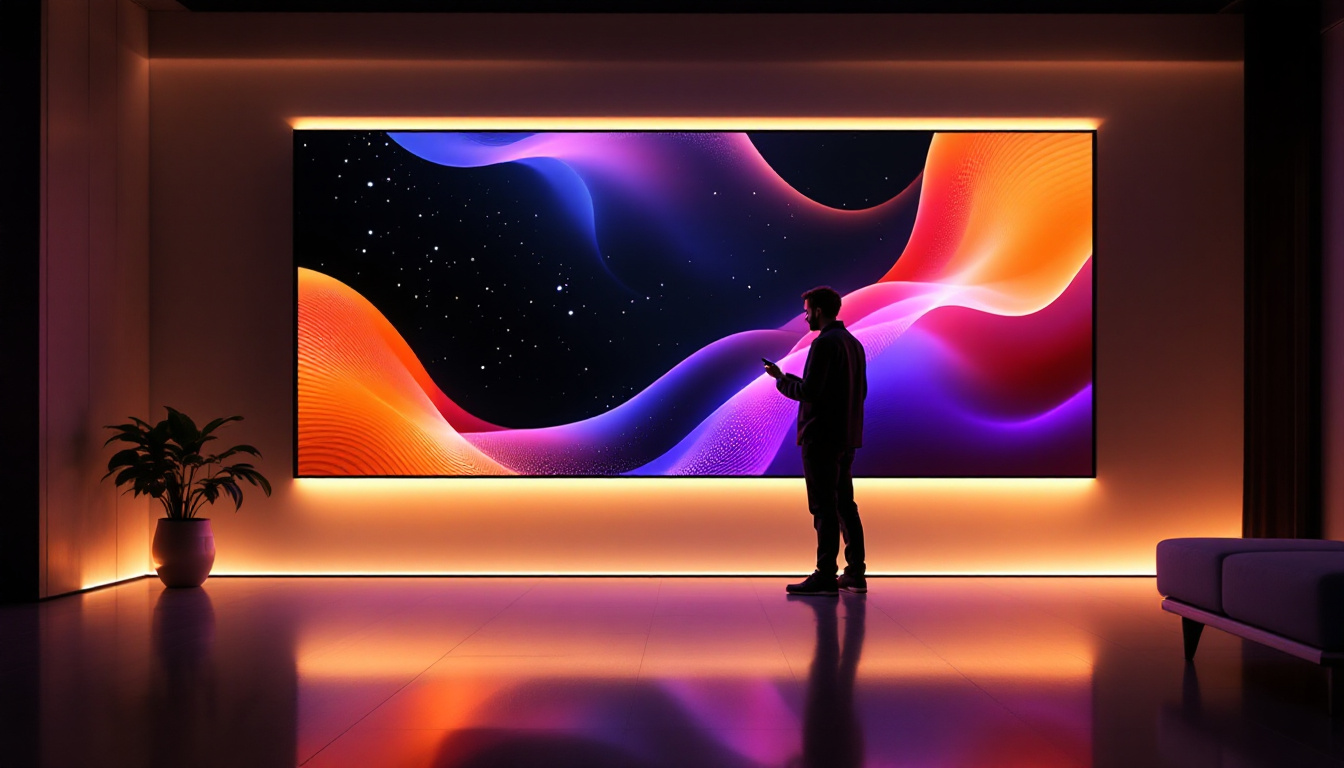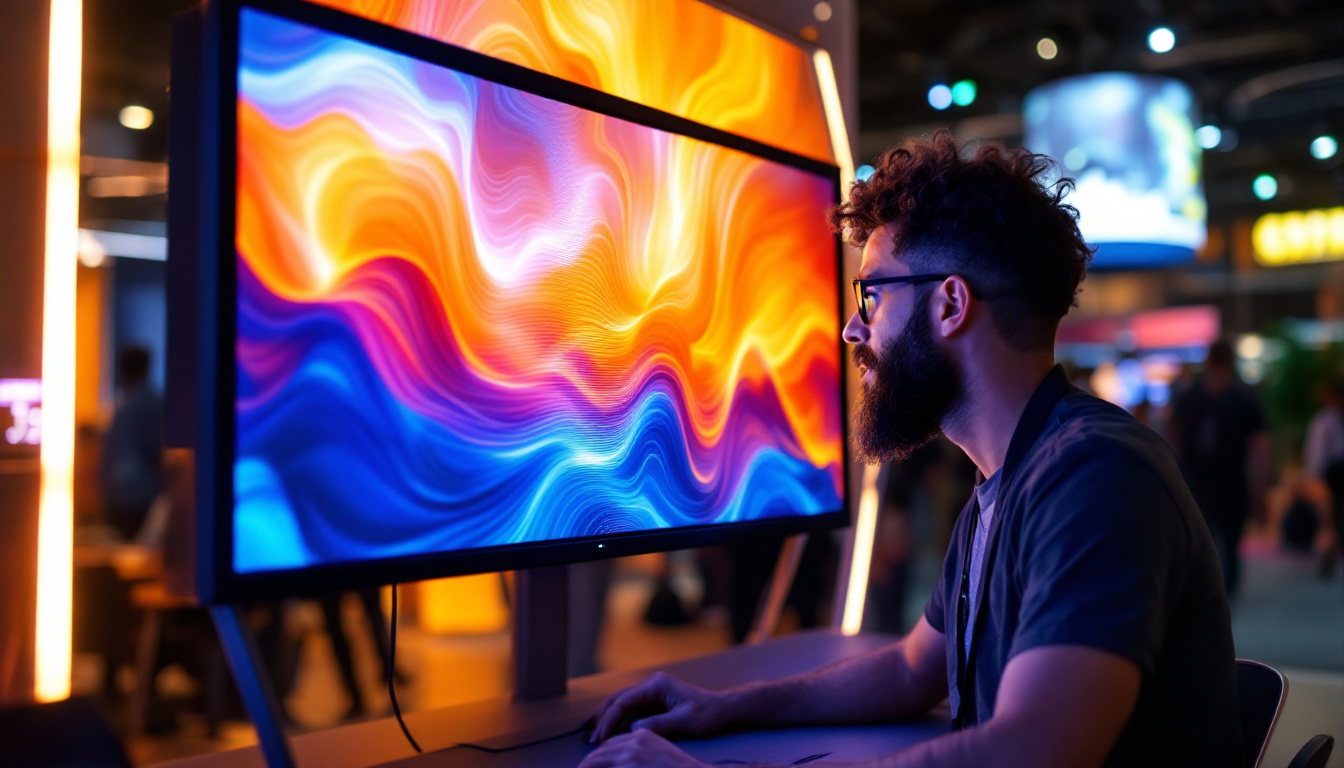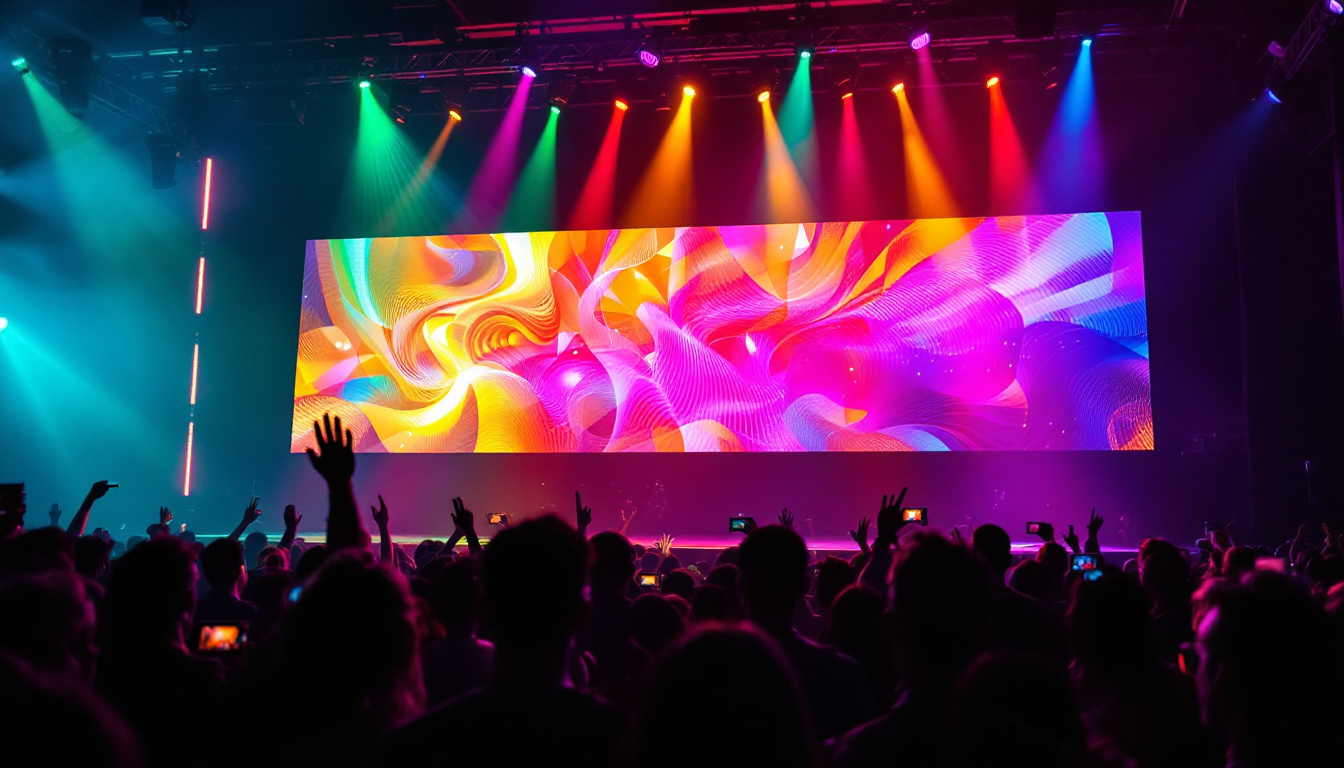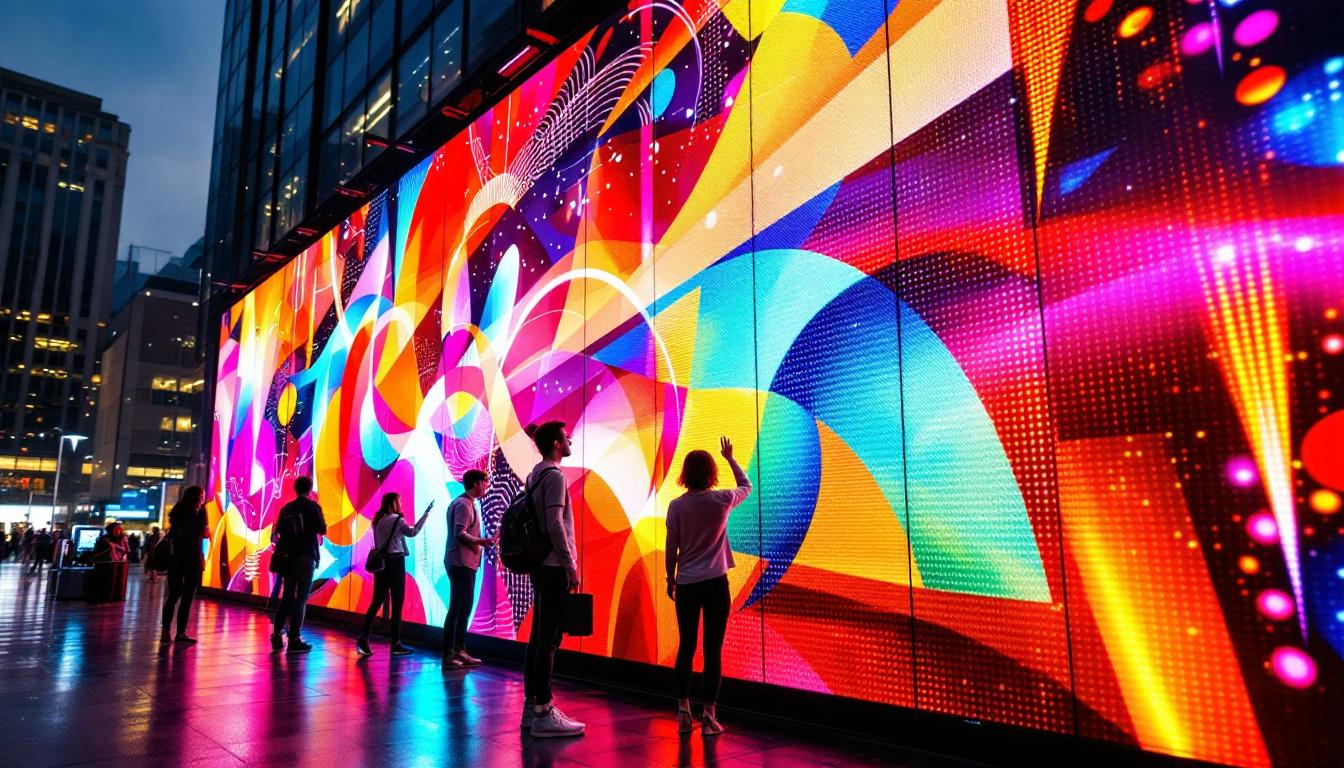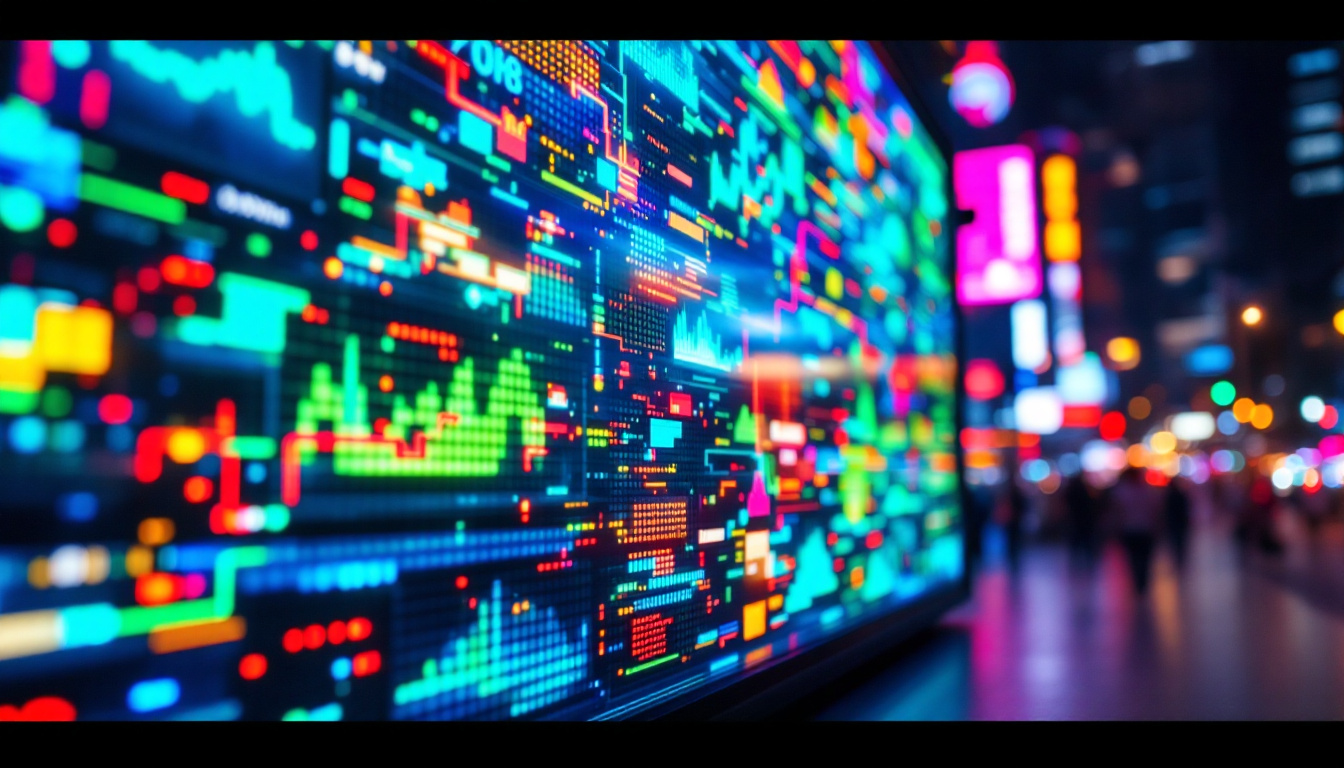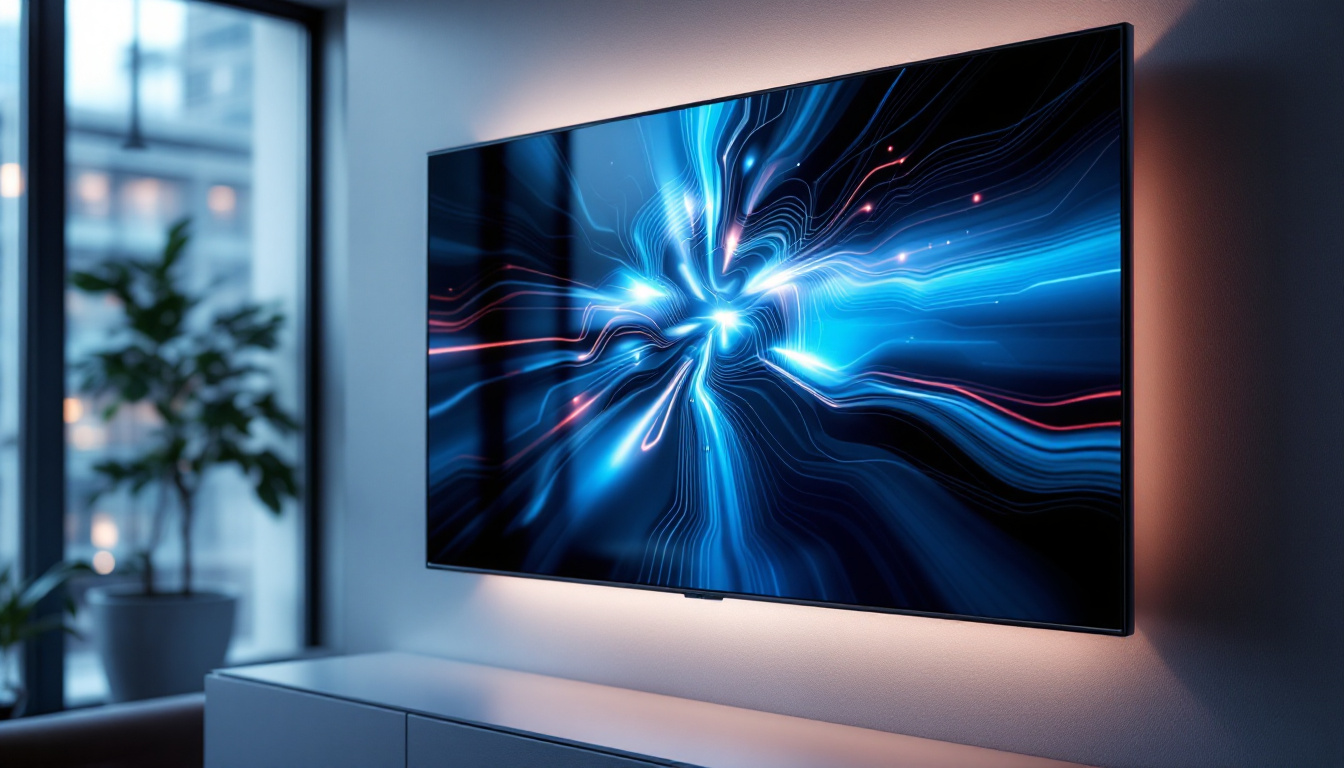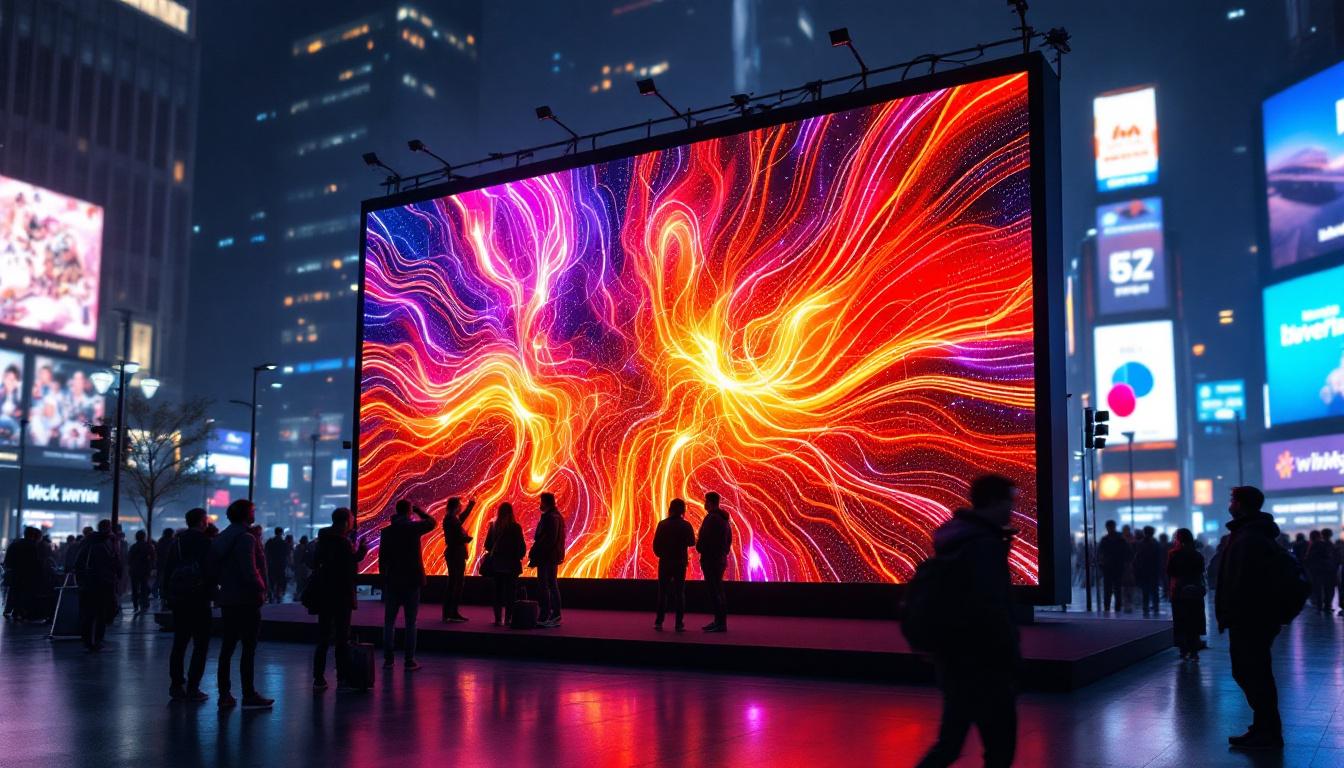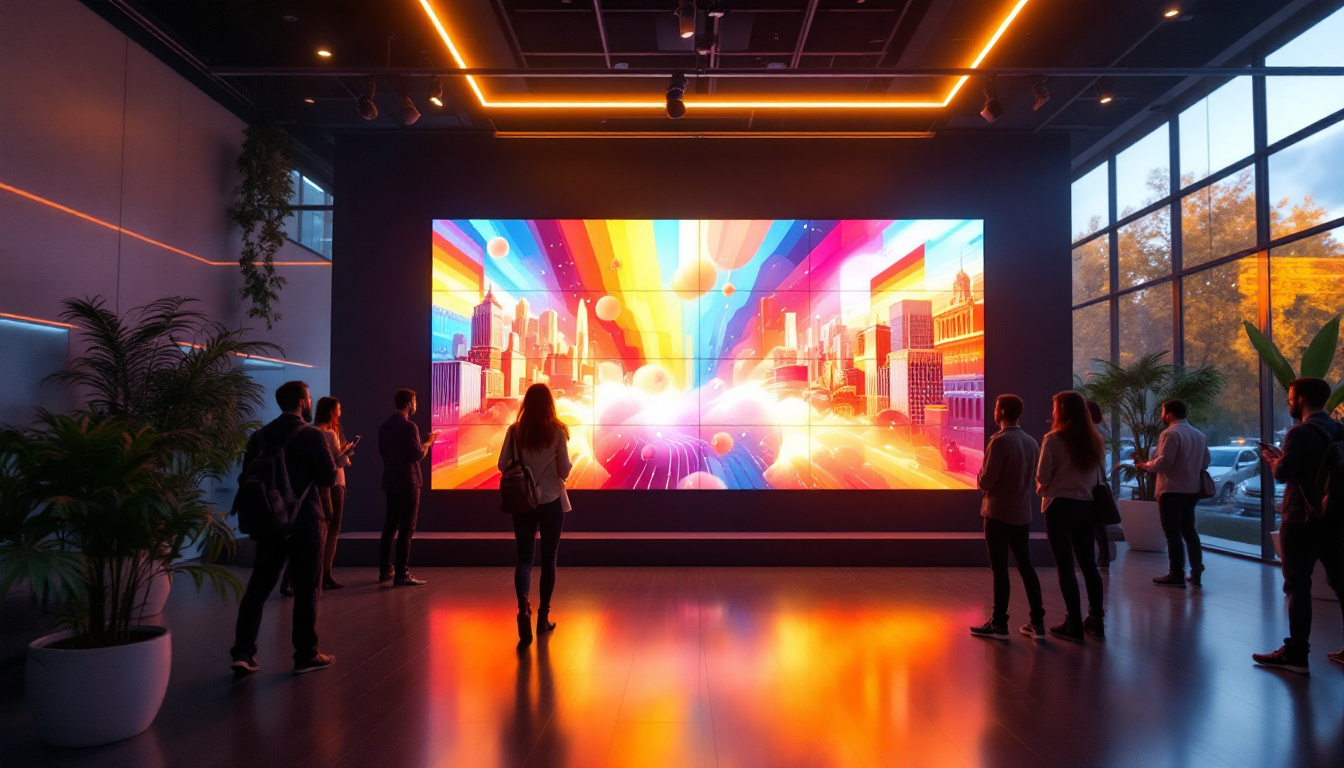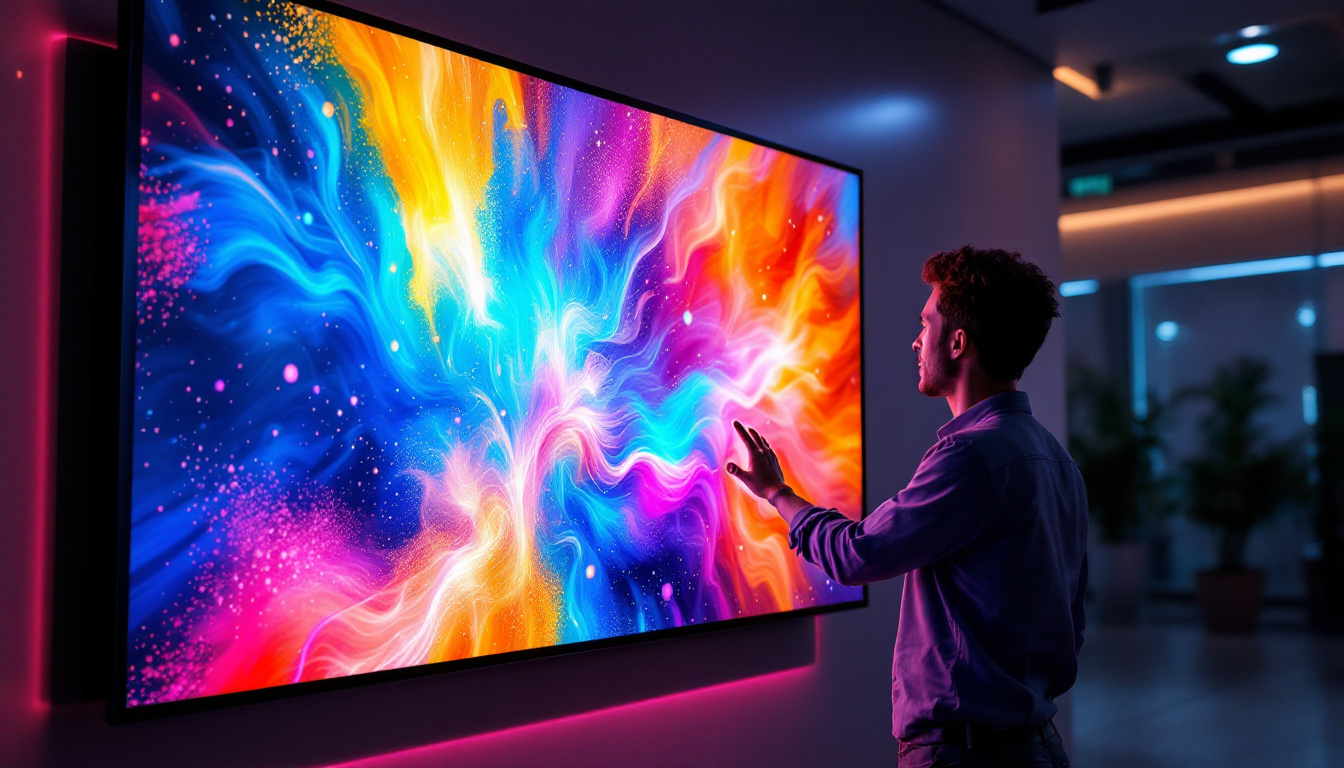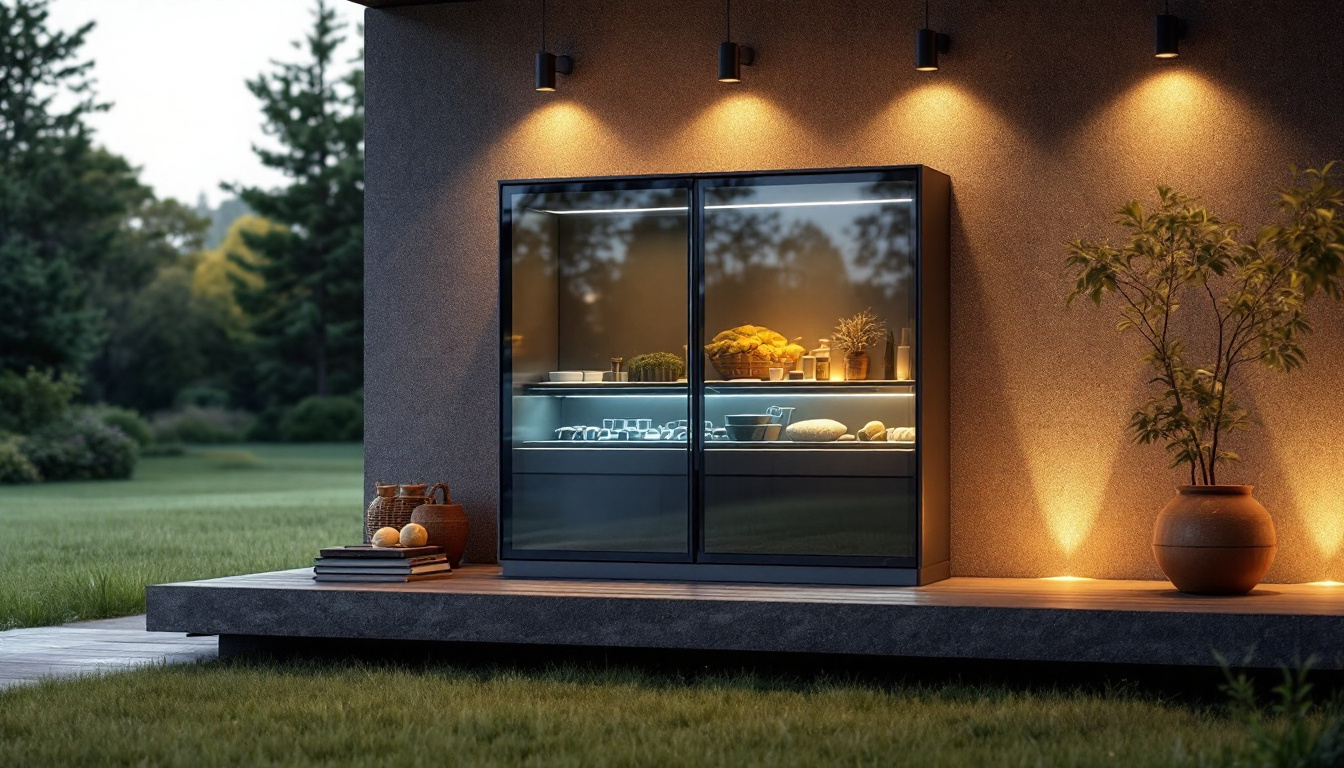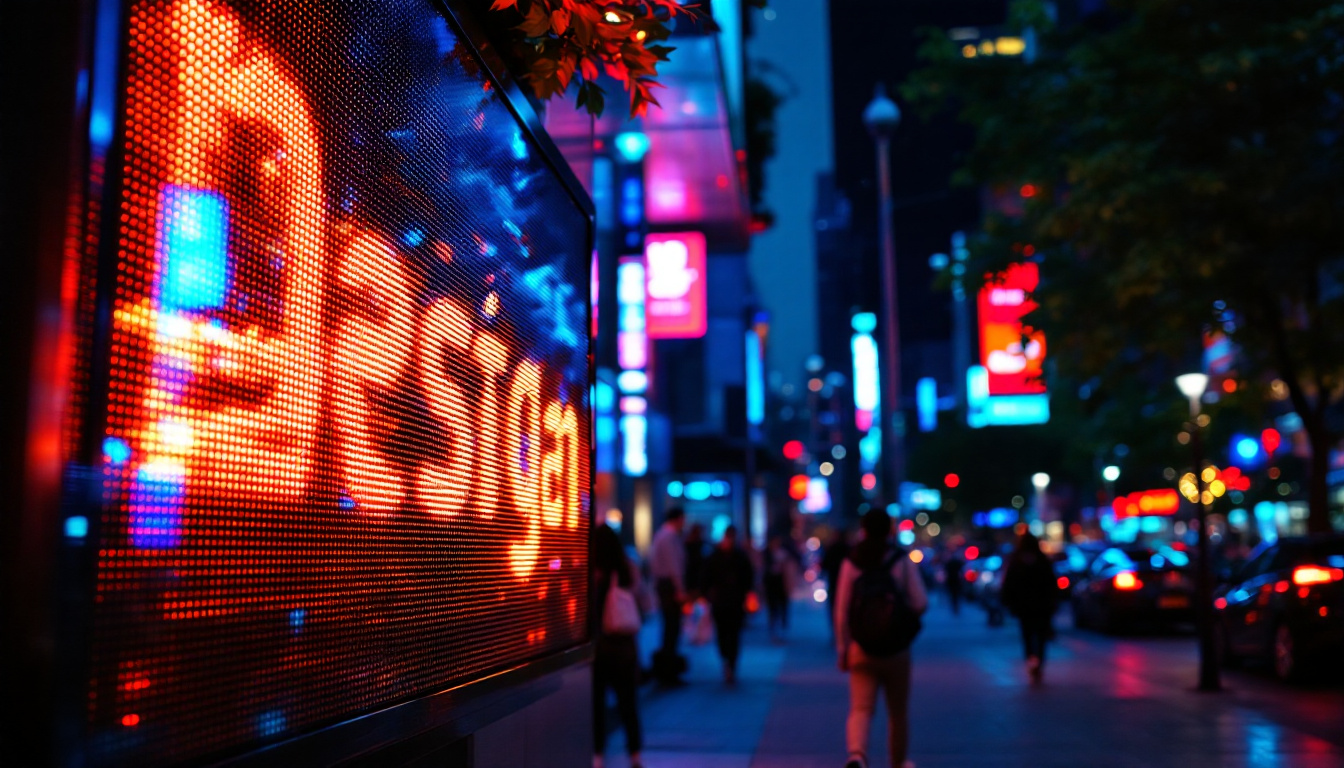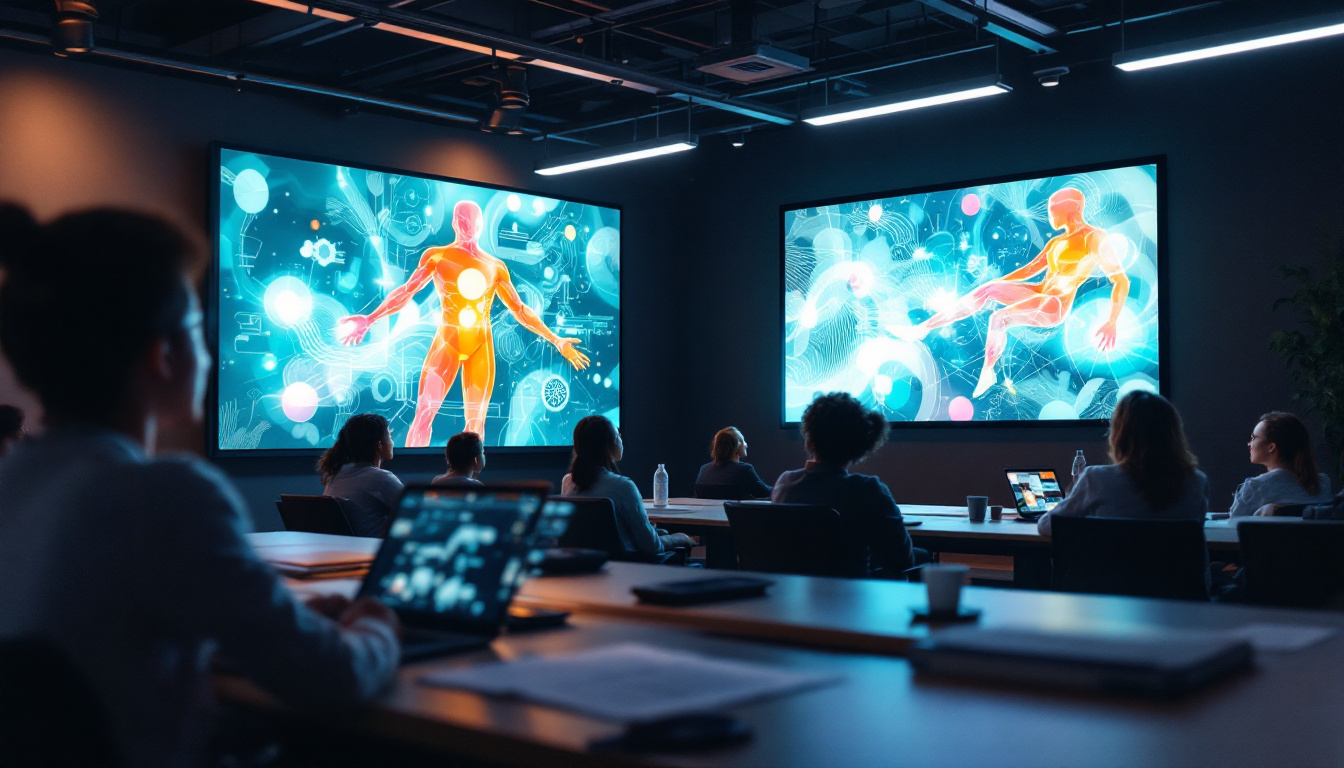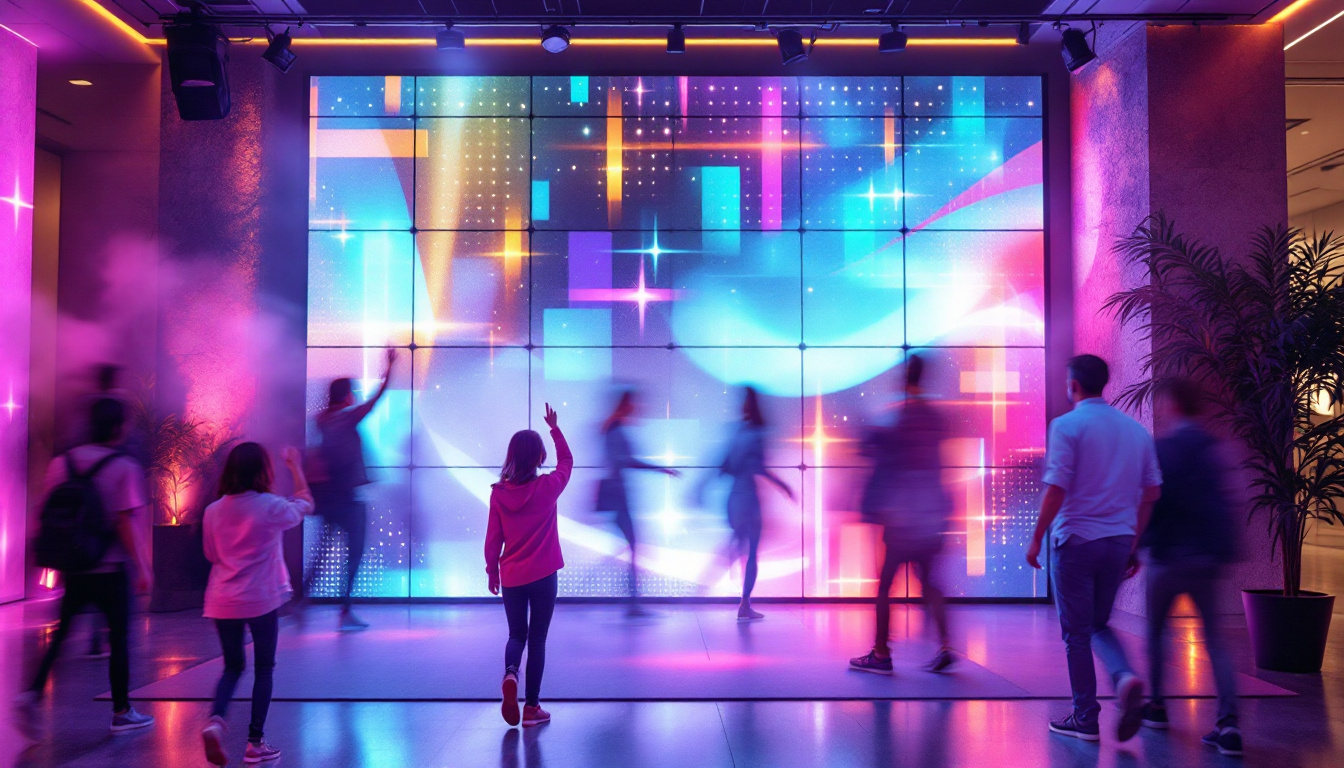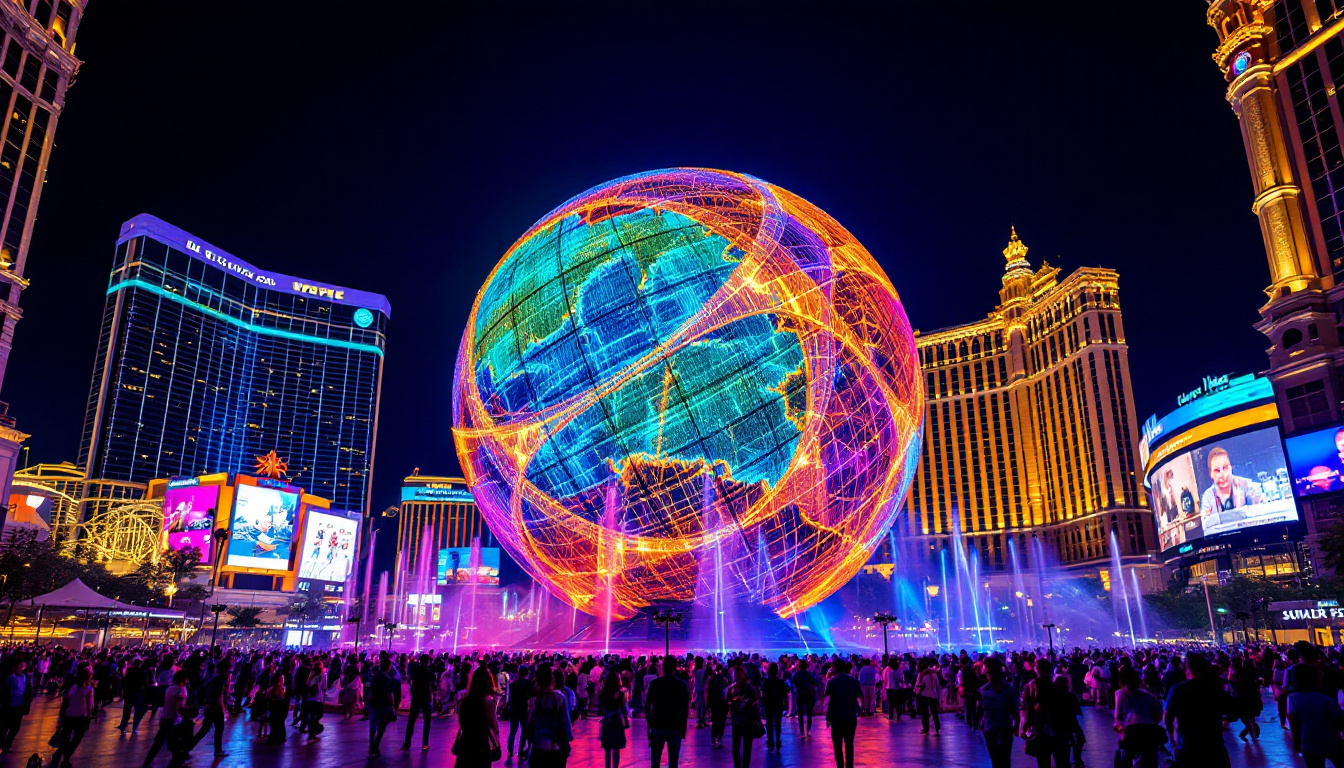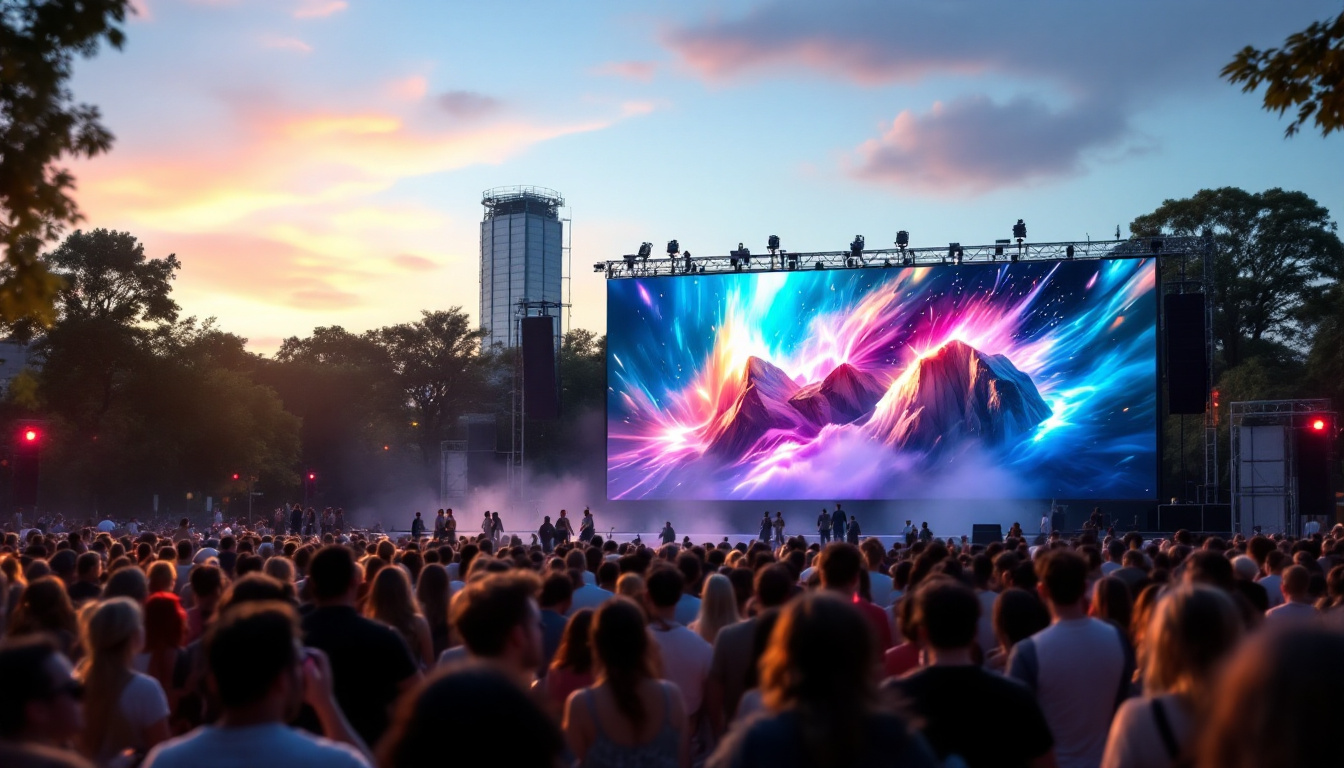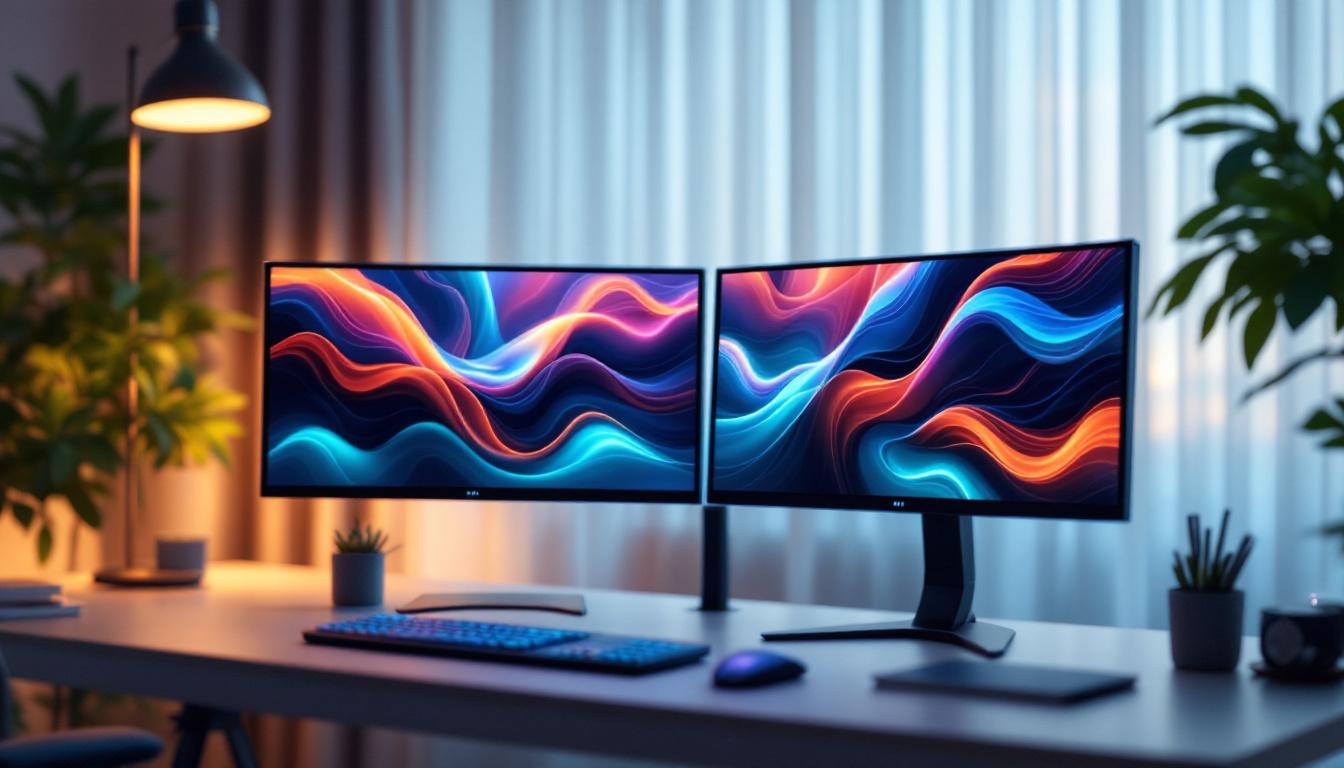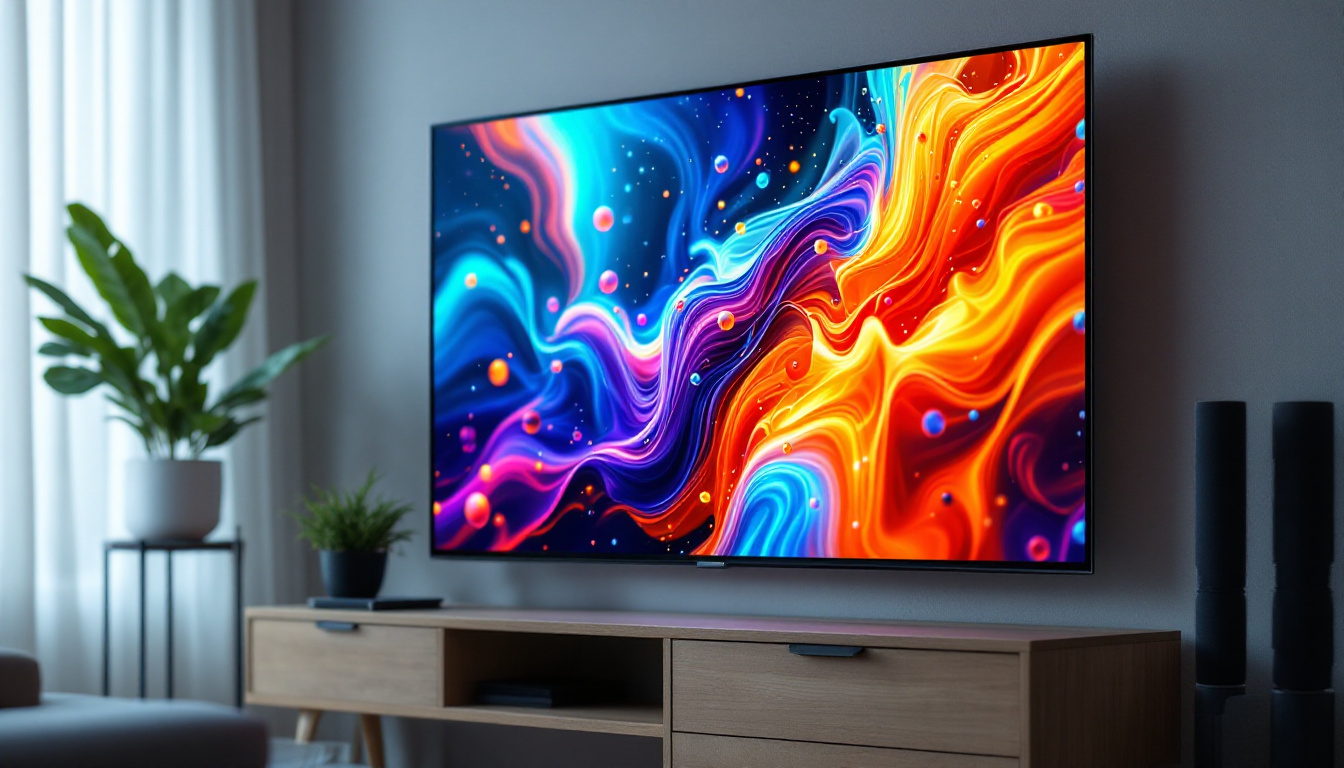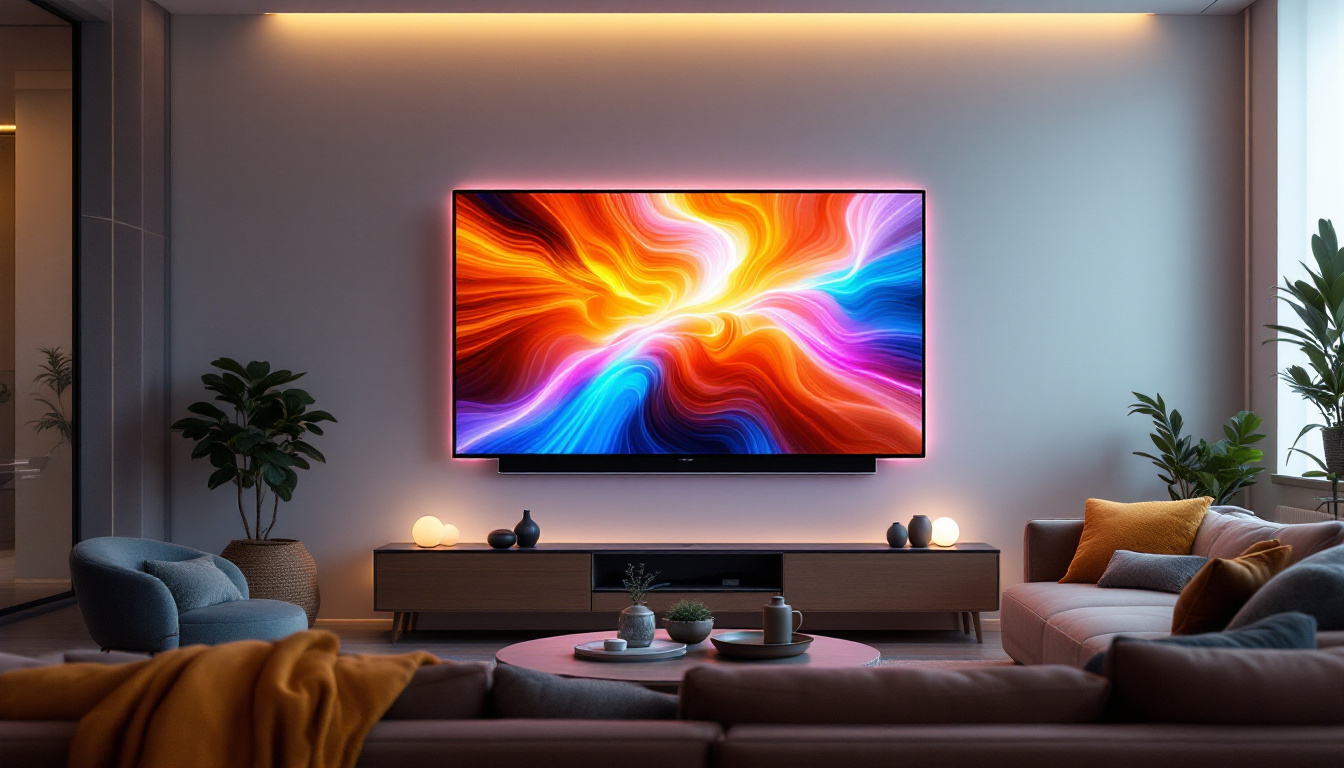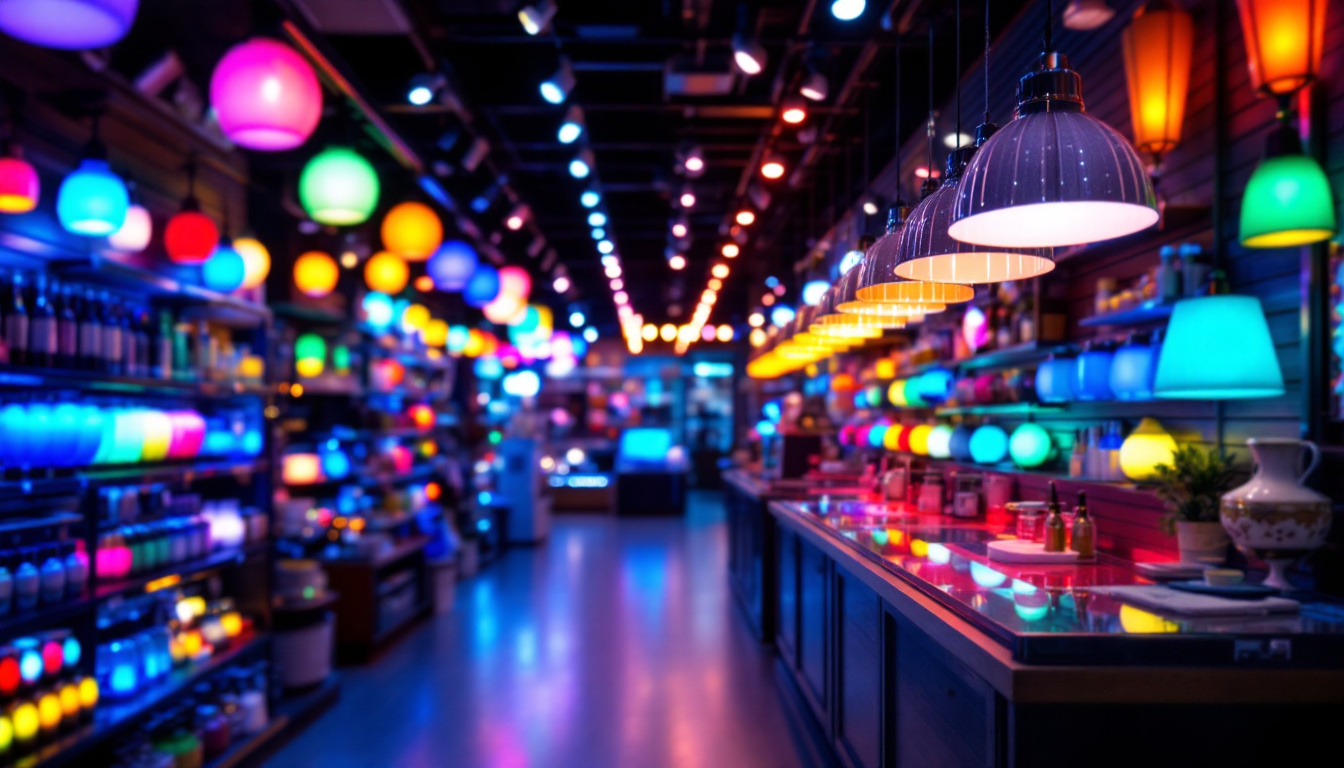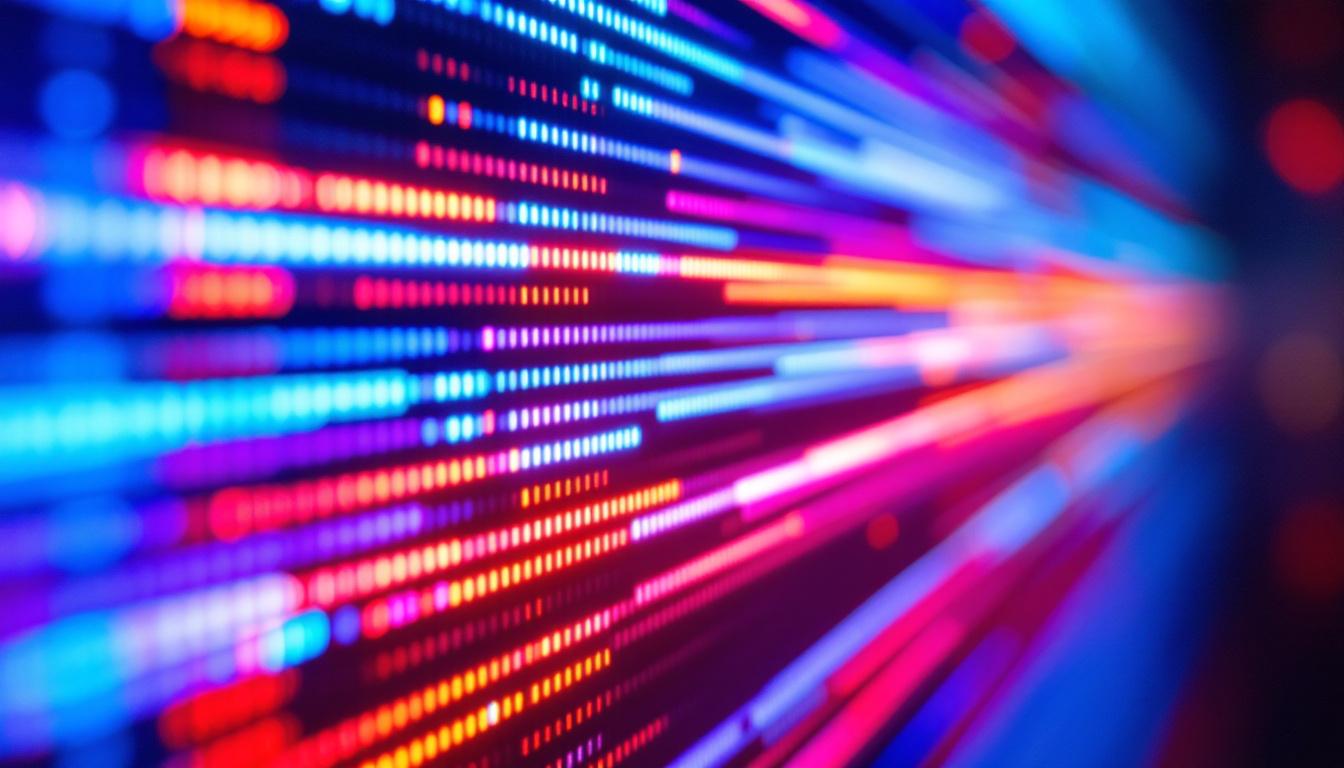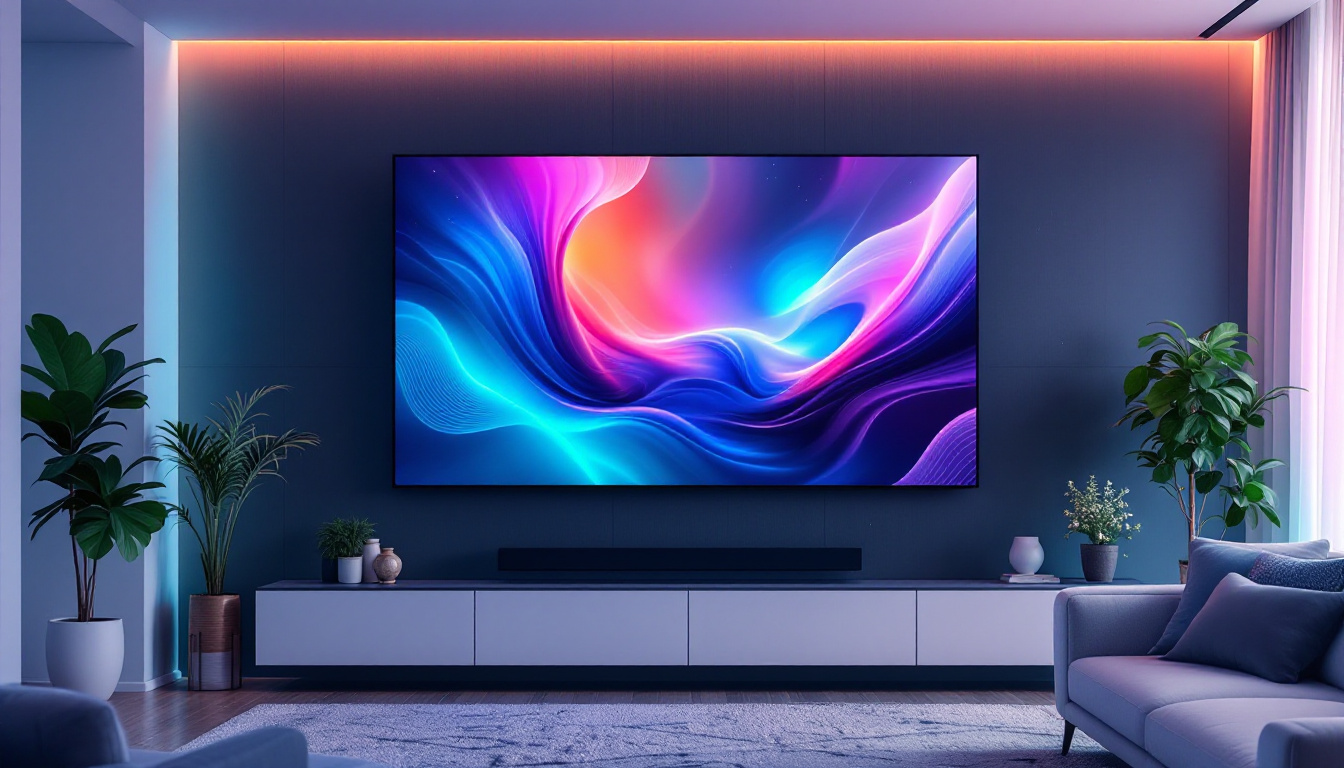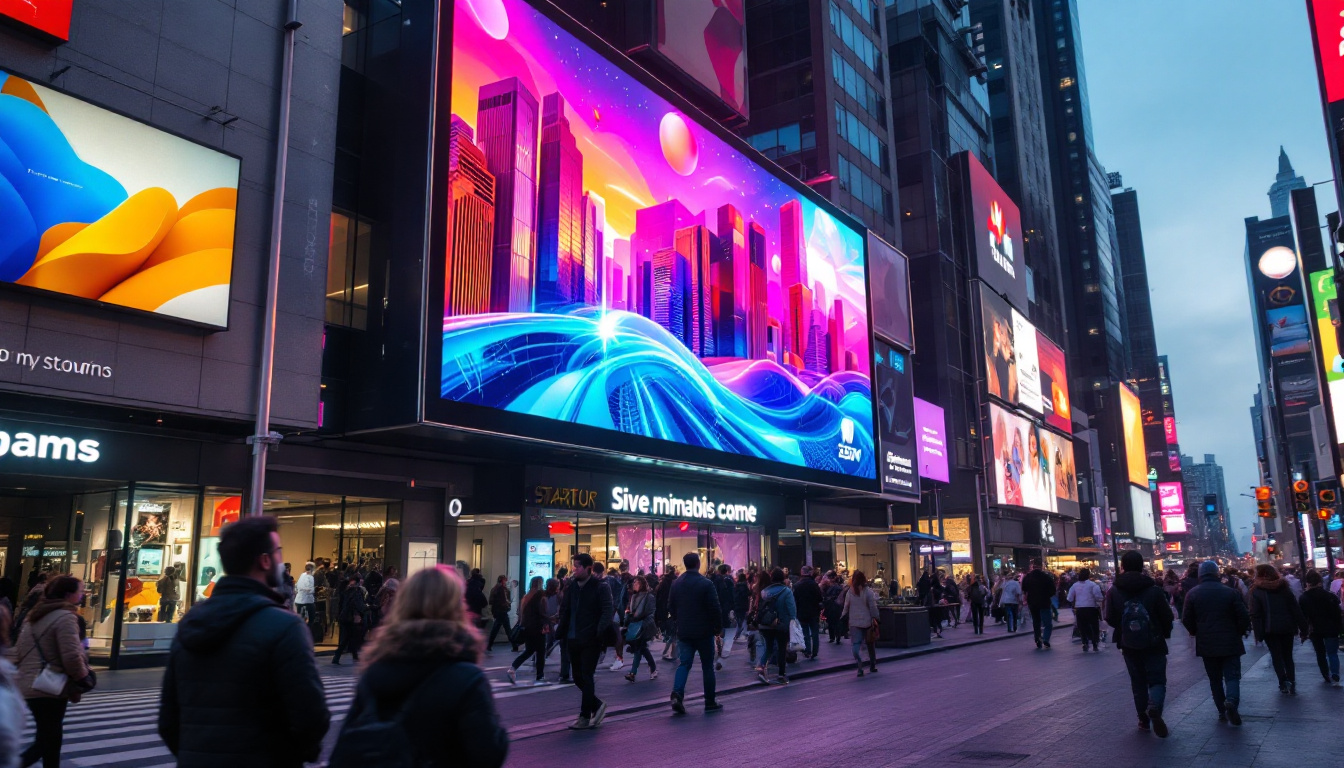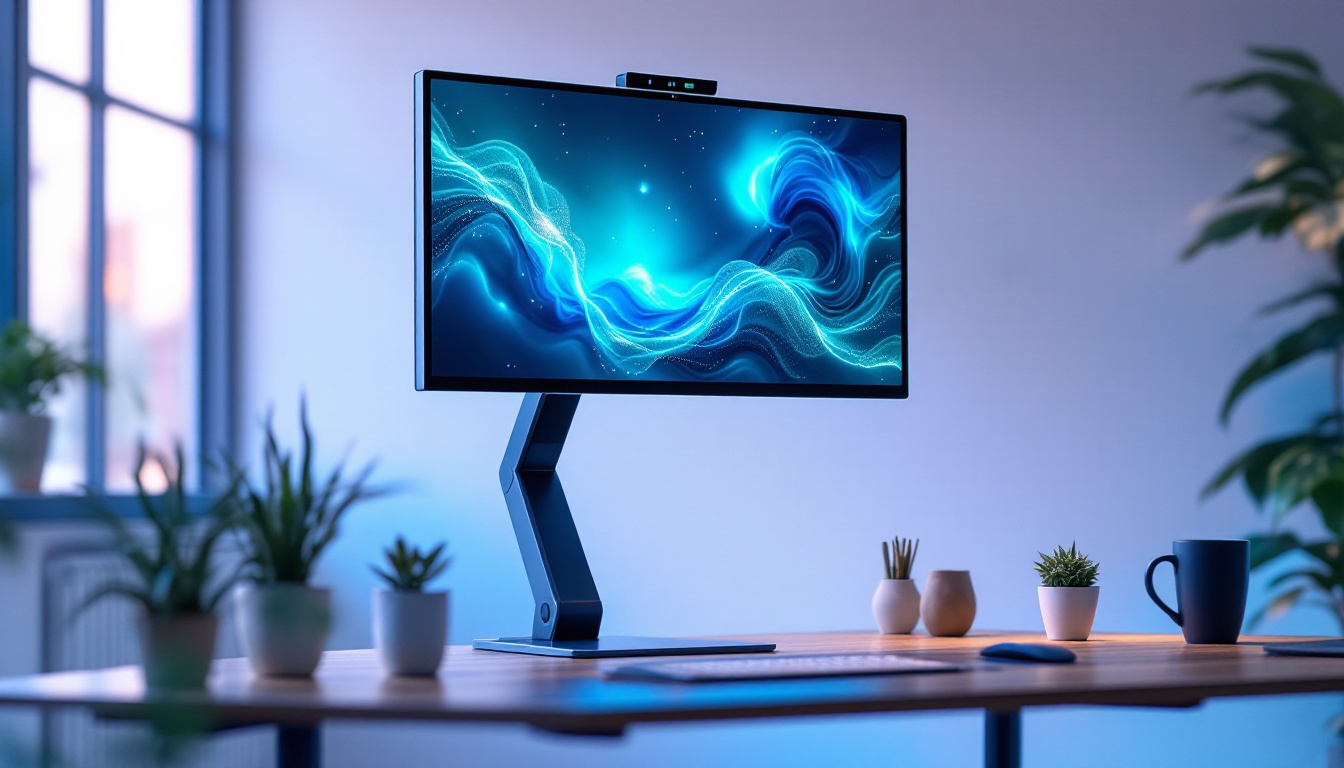In the realm of visual technology, the evolution from traditional projectors to modern LED displays has transformed the way presentations, movies, and events are experienced. The clear projector screen, particularly when paired with LED technology, offers a unique blend of clarity, brightness, and versatility. This article will delve into the intricacies of clear projector screens, the mechanics of LED displays, and their applications across various fields.
Understanding Projector Screens
Projector screens serve as the canvas for projected images, enhancing the viewing experience by providing a suitable surface for light to reflect off. The choice of screen can significantly affect the quality of the displayed image, influencing brightness, contrast, and color accuracy. A well-chosen screen can transform a simple presentation into an immersive experience, making it critical for both casual and professional settings.
Types of Projector Screens
There are several types of projector screens available, each designed for specific environments and purposes. The most common types include:
- Fixed Frame Screens: These are permanently mounted screens that provide a taut surface for projection. They are ideal for home theaters and dedicated spaces, offering a sleek, professional appearance that enhances the overall aesthetic of the room.
- Portable Screens: Lightweight and easy to set up, portable screens are perfect for business presentations and events where mobility is key. They often come with carrying cases, making them easy to transport and set up in various locations.
- Motorized Screens: These screens can be rolled up or down with the push of a button, offering convenience and a clean look when not in use. They are particularly useful in multi-purpose rooms where space is shared between different activities.
Each type of screen has its advantages and disadvantages, and the choice often depends on the specific needs of the user. For instance, while fixed frame screens provide superior image quality, portable options offer flexibility for those who frequently move between locations.
Key Features of Clear Projector Screens
Clear projector screens are designed to maximize image quality. Some key features include:
- High Gain: Many clear screens have a high gain factor, which enhances brightness and contrast, making them suitable for environments with ambient light. This feature is particularly beneficial in conference rooms or classrooms where lighting conditions can vary.
- Wide Viewing Angles: A good clear screen allows viewers to enjoy a clear image from various angles, ensuring everyone in the room has a great view. This is especially important in larger spaces or when hosting groups of people.
- Durability: Quality materials used in clear screens ensure longevity and resistance to wear and tear, making them a worthwhile investment. Many screens also come with protective coatings that resist scratches and stains, further extending their lifespan.
When selecting a clear projector screen, it is essential to consider these features to ensure optimal performance. Additionally, the screen’s aspect ratio should align with the projector’s output to avoid distortion and maintain image integrity. Understanding the environment in which the screen will be used, including factors like lighting and audience size, can also guide the selection process, ensuring that the chosen screen meets all necessary requirements for a successful viewing experience.
The Rise of LED Displays
LED (Light Emitting Diode) technology has revolutionized the display industry. Initially used in small screens, LEDs have expanded into larger formats, including projectors and screens. The advantages of LED displays are numerous, making them a popular choice for both professional and personal use.
Advantages of LED Technology
LED displays offer several benefits that enhance the viewing experience:
- Brightness: LED displays are known for their exceptional brightness levels, making them suitable for various lighting conditions. This is particularly important in environments where ambient light cannot be controlled.
- Color Accuracy: LED technology provides a wider color gamut and improved color accuracy, resulting in more vibrant and lifelike images.
- Energy Efficiency: LEDs consume less power than traditional projection technologies, making them a more sustainable option.
These advantages contribute to the growing popularity of LED displays in both commercial and residential settings.
How LED Displays Work
Understanding the mechanics of LED displays can provide insight into their effectiveness. LED displays consist of numerous tiny diodes that emit light when an electric current passes through them. This technology allows for precise control over brightness and color, enabling the display to produce high-quality images.
In the context of projectors, LED light sources replace traditional lamps. This shift not only improves image quality but also reduces maintenance costs, as LED lights have a longer lifespan compared to conventional bulbs.
Clear Projector Screens and LED Displays: A Perfect Match
The combination of clear projector screens with LED display technology creates a powerful visual solution. Together, they enhance clarity, brightness, and overall image quality, making them ideal for various applications.
Applications in Different Fields
Clear projector screens paired with LED displays have found applications in numerous fields, including:
- Education: In classrooms, clear screens and LED projectors facilitate interactive learning experiences, allowing for dynamic presentations that engage students.
- Corporate Events: Businesses utilize these technologies for presentations, conferences, and training sessions, ensuring that their messages are conveyed clearly and effectively.
- Home Entertainment: For home theaters, the combination of clear screens and LED projectors creates an immersive viewing experience for movies, gaming, and sports.
The versatility of this combination makes it suitable for a wide range of environments, enhancing the overall experience for viewers.
Installation and Setup Considerations
When installing a clear projector screen and LED display, several factors should be considered to ensure optimal performance:
- Room Size: The size of the room will dictate the appropriate screen size and projector specifications. Larger rooms may require bigger screens and more powerful projectors.
- Ambient Light: Assess the lighting conditions in the room. If there is significant ambient light, a high-gain screen may be necessary to maintain image quality.
- Viewing Distance: The distance between the screen and the audience is crucial. It should be set at a distance that allows for comfortable viewing without straining the eyes.
Proper installation and setup can significantly enhance the performance of both the projector and the screen, leading to a better viewing experience.
Maintenance of Clear Projector Screens and LED Displays
To ensure longevity and optimal performance, regular maintenance of clear projector screens and LED displays is essential. Proper care can prevent issues that may arise over time.
Cleaning Techniques
Cleaning both the screen and the projector is vital for maintaining image clarity. Here are some effective cleaning techniques:
- Screen Cleaning: Use a soft, lint-free cloth and a gentle cleaning solution specifically designed for projector screens. Avoid abrasive materials that could scratch the surface.
- Projector Maintenance: Regularly check and clean the projector lens to prevent dust buildup, which can affect image quality. Additionally, ensure that the internal filters are clean and replaced as needed.
Establishing a regular cleaning schedule can help maintain the quality of both the screen and the projector, ensuring a consistently high viewing experience.
Regular Checkups
In addition to cleaning, it is advisable to perform regular checkups on the equipment. This includes:
- Inspecting Cables: Ensure that all cables are securely connected and free from damage. Loose or frayed cables can lead to connectivity issues.
- Software Updates: For smart projectors or those connected to networks, keep the software updated to benefit from the latest features and improvements.
By conducting regular checkups, potential issues can be identified and addressed before they escalate, prolonging the lifespan of the equipment.
Future Trends in Projector Technology
The projector industry continues to evolve, with advancements in technology leading to exciting new trends. Understanding these trends can help users make informed decisions about their visual technology investments.
Emerging Technologies
Several emerging technologies are shaping the future of projectors and screens:
- Laser Projectors: Laser technology is becoming increasingly popular due to its higher brightness and color accuracy compared to traditional lamps.
- Ultra-Short Throw Projectors: These projectors can be placed very close to the screen, making them ideal for small spaces without sacrificing image quality.
- Smart Features: Many modern projectors now come equipped with smart features, allowing for wireless connectivity and integration with other smart devices.
These advancements promise to enhance the user experience, making projectors more versatile and easier to use.
Environmental Considerations
As sustainability becomes a priority, manufacturers are focusing on creating eco-friendly projectors and screens. Innovations in energy efficiency and the use of recyclable materials are becoming more common, aligning with global efforts to reduce environmental impact.
Investing in energy-efficient technology not only benefits the environment but can also lead to cost savings in the long run.
Conclusion
The clear projector screen, when combined with LED display technology, represents a significant advancement in visual technology. With their exceptional brightness, clarity, and versatility, these systems are well-suited for a variety of applications, from education to corporate events and home entertainment.
Understanding the features, maintenance, and future trends of these technologies can help users maximize their investment and enhance their viewing experience. As the industry continues to innovate, staying informed will ensure that users can take full advantage of the latest advancements in projector technology.
Discover LumenMatrix’s Advanced LED Solutions
Ready to elevate your visual experience with the latest in LED display technology? LumenMatrix invites you to explore our comprehensive range of LED display solutions, designed to bring your content to life with unparalleled brightness, clarity, and versatility. Whether you’re looking to captivate students in an educational setting, engage audiences at corporate events, or create an immersive home entertainment system, our innovative products—including Indoor and Outdoor LED Wall Displays, Vehicle LED Displays, and more—will transform your visual communication. Check out LumenMatrix LED Display Solutions today and see how we can help you make a lasting impression.

